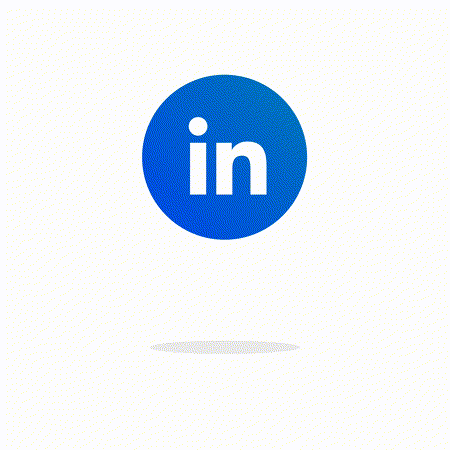Prepare to be transported into the heart-pounding world of Squid Game, where childhood classics take on a deadly twist. Forget cozy nights on the couch – Sandbox VR's Squid Game Virtuals is the hottest ticket in town, breaking records and leaving players breathless.Imagine this:
- Stepping onto the field of Red Light, Green Light, your adrenaline pumping with every frozen pose.
- Crossing the treacherous Glass Bridge, virtual reality blurring the lines between reality and game.
- Facing off in a mind-bending honeycomb challenge, the fate of your pixels hanging in the balance.
Squid Game Virtuals isn't just a VR experience – it's a phenomenon. Launched in 46 locations, it quickly raked in a staggering $4.56 million in its first two months, setting a new launch record for Sandbox VR. 75,000 players, captivated by the show's dark allure, dared to enter the game."It's been a phenomenal experience," enthuses CEO Steve Zhao. "Guests love it." And with the reality TV show "Squid Game: The Challenge" fueling the fire, the immersive world of Squid Game Virtuals is only getting hotter.
But fear not, dear players, this is a harmless thrill ride. Designed for groups of six, you'll collaborate and compete in iconic challenges, recreated not with deadly lasers, but with cutting-edge VR technology. Experience surprising new twists that expand the universe of the series, adding your own chapter to the Squid Game saga.
And after the adrenaline subsides, relive your virtual journey with a personalized highlight video, capturing your in-game reactions and documenting your unique Squid Game story.
So, are you ready to face the ultimate test? Gather your squad, put on your VR visor, and step into the game. Squid Game Virtuals awaits, offering an unforgettable thrill unlike any other.
Beyond Squid Game, Sandbox VR boasts seven other exclusive VR experiences, each promising an escape into fantastical worlds. With their in-house game studio pushing the boundaries of VR entertainment, the future of immersive gaming is bright. But for now, the spotlight shines on the captivating allure of Squid Game Virtuals. Will you dare to play?
The article was written by Amit Caesar and Bard
Here are some exciting new articles you don't want to miss!
- Feeling Frosty: VR Cold Sensation Tech is Here
- Apple Vision Pro: The Future of Spatial Computing
- Can Virtual Reality Smell Your Farts?
- Meta Quest 3: Everything you need to know
- Amazing products for your VR from Amazon
- The Best Accessories for Microsoft Flight Simulator
- Experience the future of sex with virtual reality and artificial intelligence
- Virtual Reality: A whole new world opens up to you on eBay
- How to Watch Netflix in VR: A Step-by-Step Guide
Here are the links to my social media pages:
Facebook: [link]
YouTube: [link]
LinkedIn: [link]
Twitter (x): [link]





